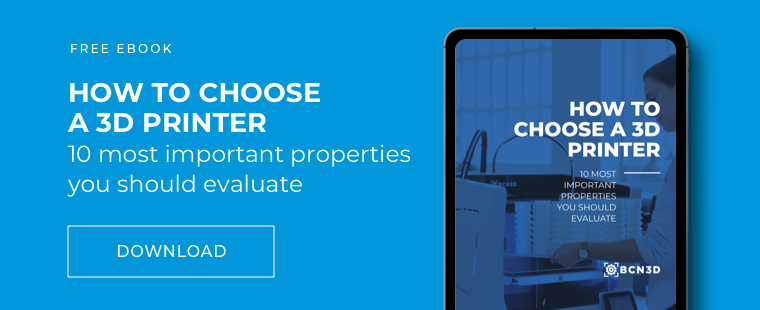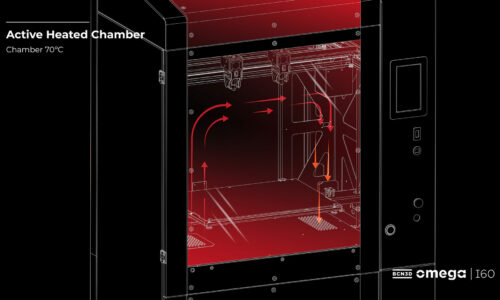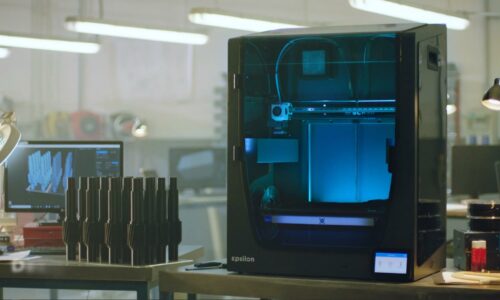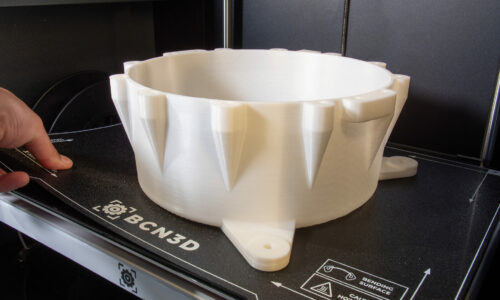How To Use a 3D Printer
If you are wondering how to use a 3D printer, the process is much easier than you think.
3D Printing FFF technology is an extrusion process where the object is built by depositing melted material layer-by-layer. The plastics used correspond to the same thermoplastics that can be found in conventional manufacturing processes, such as ABS or Nylon.
In this article, we will review how to use a 3D printer, the process, and the materials you will need.
In order to generate the part, a print head travels around the printing surface depositing the material. Here is the FFF fabrication workflow:
How to use a 3D printer: 3 steps
Design
The first stage of using a 3D printer consists of generating the 3D model with any design software, such as Solidworks, Catia, Rhino or Inventor. The 3D model needs to be exported in STL format.
File preparation
The next step for how to use a 3D printer is preparing the file to configure the model to be printed, it is necessary to use a slicing software where all the printing requirements will be included. This configuration will contain the material selection and the nozzle size of the printer. The software also separates the model into layers and the printing quality, and movement commands can be configured.
The printing phase is the final major stage you need to know for how to use a 3D printer. It consists of 3 stages:
1. A filament spool is loaded into the printer. The nozzle has to reach the melting temperature of the raw material and then the filament is fed into the print head, where it will be melted.
2. The print head is able to move over the printing surface in the X, Y and Z directions. It deposits the plastic to create a thin layer, cooling down the filament until it finally solidifies.
3. When the previous layer is finished, the printing surface moves down and the next layer is deposited. This process is repeated until the model is completed.
Because of the manufacturing strategy, sometimes it is required to build auxiliary support structures for those models with overhangs shallower than 45° from the horizontal plane. A secondary extruder with a different material is dedicated to create these support structures.
With these steps, you will be well on your way for knowing how to use 3D printer and will be able to create your first design.





